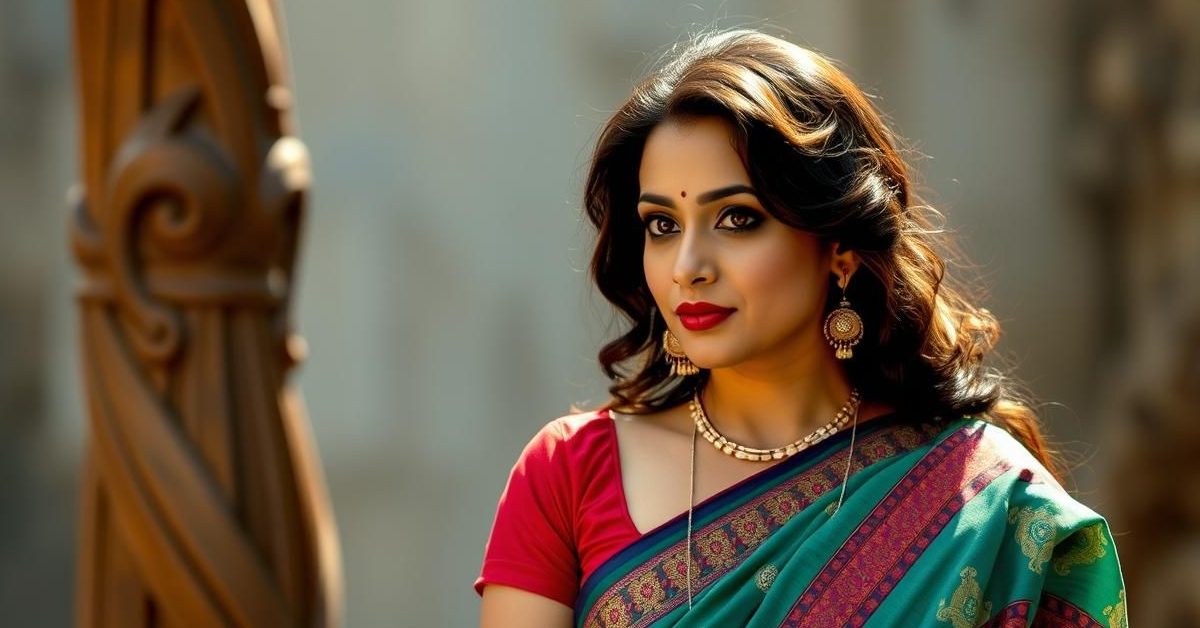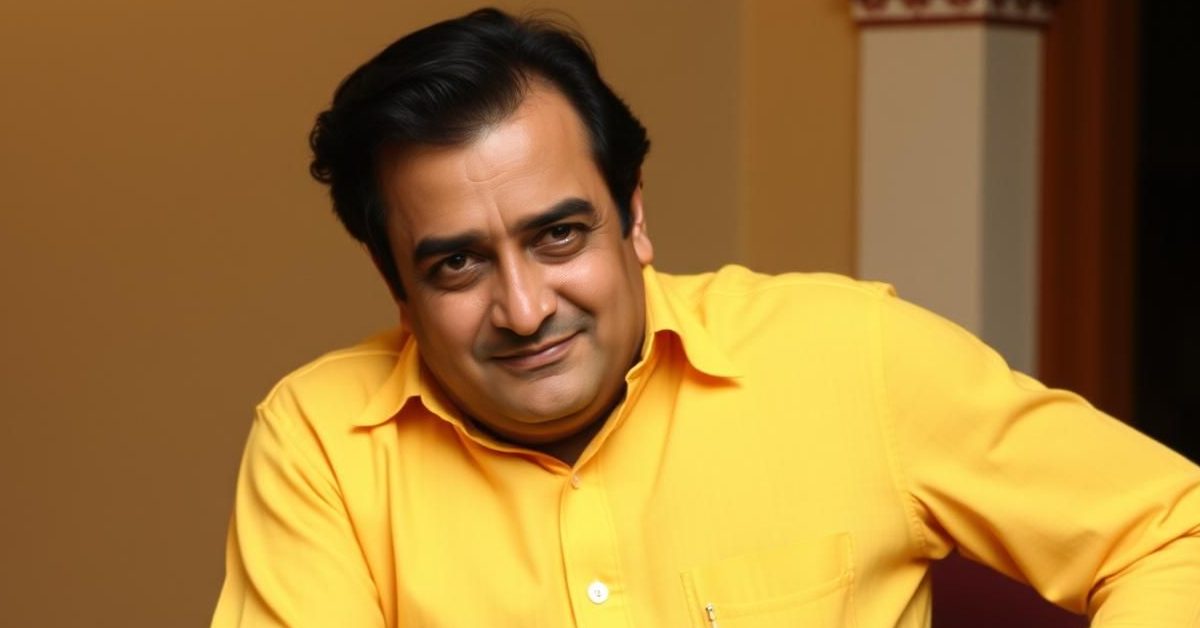Long before conversations around equal pay dominated the entertainment industry, a singular talent illuminated Bollywood’s Golden Era: Suraiya. She wasn’t just a superstar; she was a financial powerhouse, commanding a remuneration that reportedly eclipsed even the colossal earnings of male legends like Dilip Kumar, Dev Anand, and Ashok Kumar. Yet, her luminous career, marked by unprecedented success and profound personal drama, would tragically culminate in a shocking retirement at the tender age of 34.
The Enchanting Ascent: From Child Artist to Playback Sensation
Suraiya’s journey into the film industry was serendipitous. Initially, acting wasn’t her primary ambition. Her innate talent for music, however, was undeniable. Legendary music director Naushad Ali was among the first to recognize her exceptional vocal prowess, leading to a cascade of playback singing offers that laid the foundation for her iconic status.
Her entry into cinema began at a remarkably young age. At just 12, during a visit to the film sets with her uncle, she caught the eye of a director and was cast to portray the young Mumtaz Mahal in the film Taj Mahal. This early exposure paved the way for several children’s programs on All India Radio, where her singing talent truly blossomed.
Naushad’s pivotal decision to give her a chance to sing for the esteemed actress Mehtab in the 1942 film Sharda marked a turning point. Soon, her melodious voice became synonymous with a string of successful musicals, including Phool, Samarat Chandragupta, Aaj Ki Raat, Dard, Dillagi, Natak, Afsar, Kajal, Dastan, Sanam, and Char Din. Her acting career soared concurrently with films like Omar Khayyam (1946), Pyar Ki Jeet (1948), Badi Behan (1949), and Dillagi (1949), solidifying her dual stardom.
A Glimpse of Global Stardom: Suraiya’s Unforgettable Meeting with Gregory Peck
Beyond the borders of Indian cinema, Suraiya held a deep admiration for Hollywood icon Gregory Peck. This admiration transcended into reality during the first International Film Festival of India in 1952. Suraiya, seizing the opportunity, entrusted an autographed photograph of herself to visiting Hollywood director Frank Capra, hoping it would reach her idol.
To her delight, Peck not only received the photograph but, during his subsequent visit to India, made it a point to meet her. The famed actor visited her residence in Mumbai, where they conversed for an hour. Recounting the magical encounter, Suraiya later shared, “We spoke for an hour. I didn’t sleep at all that night. Nobody believed I’d met him. For two months newspapers carried our ‘love stories’. I enjoyed it!” This rare interaction underscored her international appeal and the widespread fascination she commanded.
The Forbidden Love: Suraiya’s Heartbreaking Affair with Dev Anand
At the zenith of her career, Suraiya found herself entangled in a passionate yet doomed romance with her co-star, Dev Anand. Their on-screen chemistry, evident across seven films, spilled over into real life. Dev Anand, deeply in love, even borrowed money to purchase a diamond ring for her, a symbol of his commitment.
However, their love story faced an insurmountable obstacle: Suraiya’s powerful maternal grandmother. Suraiya, a Muslim, was already a bigger star than Dev Anand, who was Hindu. Her grandmother vehemently disapproved of the interfaith relationship, wielding immense control over Suraiya’s personal life and professional choices. In a dramatic act of defiance against their union, she reportedly threw the diamond ring Dev Anand had given Suraiya into the sea and even instructed filmmakers to minimize romantic scenes between the couple.
Dev Anand’s unwavering desire to marry Suraiya, even proposing to quit acting for her, ultimately proved incompatible with Suraiya’s inability to defy her family entirely. The immense societal and familial pressure led to their agonizing separation. This unfulfilled love left an indelible mark on Suraiya; she never married, remaining single throughout her life. Dev Anand, meanwhile, moved on to marry Kalpana Kartik in 1954.
Reflecting on the painful decision, Suraiya once candidly told Stardust magazine, “When I refused to marry Dev, he called me a coward. Maybe I was one. I admit I didn’t have the courage to take a step I was not absolutely sure of. Perhaps it was a folly, perhaps a mistake or perhaps destiny?”
A Resurgence and Royal Praise: The Mirza Ghalib Triumph
The emotional turmoil of her breakup with Dev Anand cast a long shadow over Suraiya’s career, leading to a decline in the box office performance of her films during the 1950s. Yet, a powerful resurgence arrived with the 1954 cinematic masterpiece, Mirza Ghalib.
The film was not just a commercial success but also garnered critical acclaim, particularly for Suraiya’s poignant portrayal. Her performance was so captivating that it earned her the rare distinction of praise from no less than Jawaharlal Nehru, the then Prime Minister of India. He famously remarked, “Tumne Mirza Ghalib kii ruuh ko zindaa kar diyaa” (You brought Mirza Ghalib’s soul alive).
The Final Bow: Suraiya’s Abrupt Retreat from Limelight
Despite the triumph of Mirza Ghalib, Suraiya’s subsequent films struggled. Her 1964 venture, Rustam Sohrab, co-starring the legendary Prithviraj Kapoor, proved to be a significant commercial disappointment. Recognizing the changing tides of the industry and perhaps weary of the limelight, Suraiya made a profound and unexpected decision.
In 1963, at the remarkably young age of 34, she chose voluntary retirement, stepping away from the silver screen permanently. She never returned to acting or playback singing, retreating completely from public life. Suraiya lived a private existence until her passing in 2004 due to health complications, leaving behind a legacy as a trailblazing artist whose talent and tragic romance continue to captivate generations.














